Nikkei View
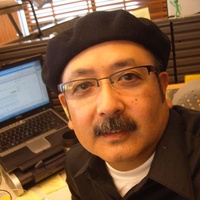
This series presents selections from Gil Asakawa’s “Nikkei View: The Asian American Blog,” which presents a Japanese American perspective on pop culture, media, and politics.
Visit the Nikkei View: The Asian American Blog >>
Stories from this series
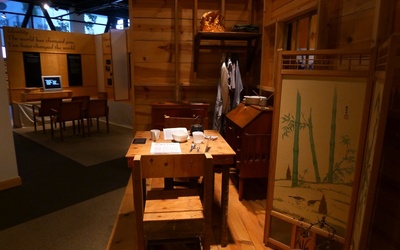
Museums—Even Tiny Ones—Are Where Our Collective Culture is Stored
July 24, 2013 • Gil Asakawa
I visited the Oregon Nikkei Legacy Center in Portland, Oregon last week while on a business trip to the northwest, and I was struck at how important organizations like it, and the museum it operates are for our community. Institutions from the largest such as the Japanese American National Museum in Los Angeles to one-room repositories such as the Nikkei Legacy Center or the Amache Museum in Granada, Colorado, are repositories for our collective memory as a community, and home …
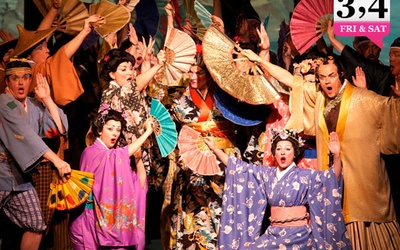
It’s time to take the offensive yellowface of “The Mikado” off the stage
July 11, 2013 • Gil Asakawa
I recently blogged about a video produced by the City of Los Angeles—using taxpayer money—that was originally produced with good intentions: explaining the importance of recycling water. But to make its point, the video used a ghastly, stereotypical caricature of geishas played by non-Asians with painted faces wearing kimonos, including one played by a non-Asian man. Of course, they spoke in “ching-chong” Japanesey accents. It’s disturbing that it’s OK even in 2013 to caricature Asians with the most shallow racial …
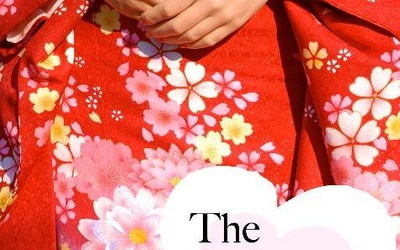
“The Red Kimono” captures the tragedy of internment, and the larger context of racial injustice
May 31, 2013 • Gil Asakawa
For a long time, there were painfully few novels that were about the experience of Japanese Americans who were put into concentration camps during World War II. Farewell to Manzanar by Jeanne Wakatsuki Houston and James D. Houston which was published in 1973, stood alone, unless you counted the powerful post-war story of John Okada’s 1957 classic, No-No Boy. In recent years, there have been more fictional works set during internment, most notably David Guterson’s Snow Falling on Cedars, but …

Naomi Hirahara, author of “Mas Arai” mystery novels
March 28, 2013 • Gil Asakawa
I’ve always been a fan of detective and crime mystery fiction, starting from my earliest days devouring the Hardy Boys and Three Investigators books when I was just a kid. I graduated to author Agatha Christie (including her female sleuth Miss Marple), Ellery Queen, and of course, Sir Arthur Conan Doyle’s Sherlock Holmes. Then in college I fell in love with the hard-boiled noir novelists, such as Dashiell Hammett and Raymond Chandler. Among this pantheon of excellent writers and their incredible …

Pop culture including J-pop builds bridges between Japan and the US
Feb. 27, 2013 • Gil Asakawa
I’m a fan of anime and manga, although I don’t actually follow the zillions of comics or animated series and movies, because they’re instrumental in building bridges between Japan and the United States. I’ve spoken with eager young Caucasian anime fans in full cosplay (dressed in costumes playing the part of their favorite anime characters) who said they’re taking Japanese classes, and are planning on Japanese Studies in college, because they love anime so much. Watch Video >> That’s some …
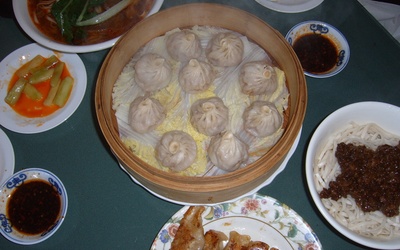
Japanese Americans, Chinese food and our sense of community
Jan. 18, 2013 • Gil Asakawa
Mmmmm. Chinese food. Just thinking about Lao Wang Noodle House in Denver, which I swear serves the best dumplings in the universe (it’s where the photo below was taken) gets my mouth watering. It’s a tiny hole-in-the-wall tucked into a tiny strip mall along the South Federal Asian strip of mostly Vietnamese eateries. It’s run by an elderly couple who can be cranky (“We’re closed,” we were told gruffly on one visit even though they were supposed to be open …


